Historical Timeline

The surveyor and explorer, Lt John Septimus Roe travelled south then east from Perth with 6 men, reaching Cape Le Grand and Russel Range. Heading back westwards in December they found good water supplies in Esperance Bay,following the rivers to Stokes Inlet 90km west of current-day Esperance. Heading toward Cape Riche, they found deposits of coal.
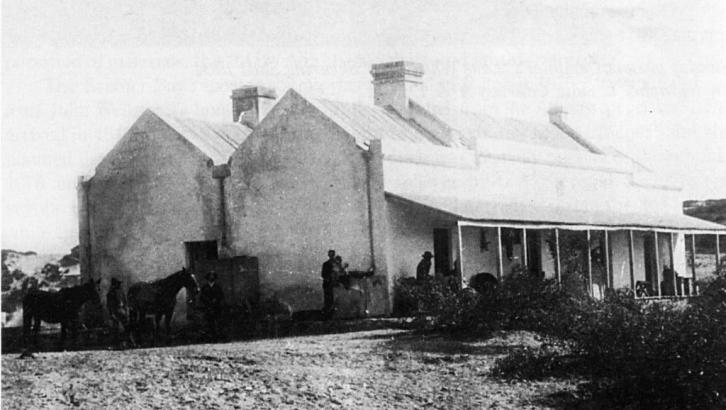
In 1863 with government and private sponsorship Charles Edward, Andrew and William Dempster chartered the 25 ton schooner ‘Emelia’ and explored the south coast to Point Malcolm in Israelite Bay. Nearby Point Dempster was named. Leaving the main party to return by sea, they went by land to Esperance and thence to Perth, establishing a stock route. In August the Dempster brothers leased 304,000 acres (123,026 ha) at Esperance and stocked it with sheep, cattle and horses. Charles Edward Dempster was the first to select and receive lands at Stokes Inlet near Fanny Cove. A pastoral lease E3 of 100,000 acres was granted in 1863, however in September 1867 the lease was terminated in preference to lands and another pastoral lease at Mainbenup 25 miles NE of Esperance Bay.
The brothers took their stock overland with minimal loss.
In August 1864 brothers William Simon Dempster, James Pratt Dempster and Andrew Dempster arrived in Esperance from Northam. Together with their brother Charles Edward Dempster they leased over 300000 acres and stocked it with 518 sheep, 80 cattle and 19 horses. Initially they built a rough shack.
Charles farmed at Esperance until 1866. Andrew continued at Esperance. He employed many ticket-of-leave men as shepherds and as builders of his iconic limestone house which was designed by his brother Andrew.
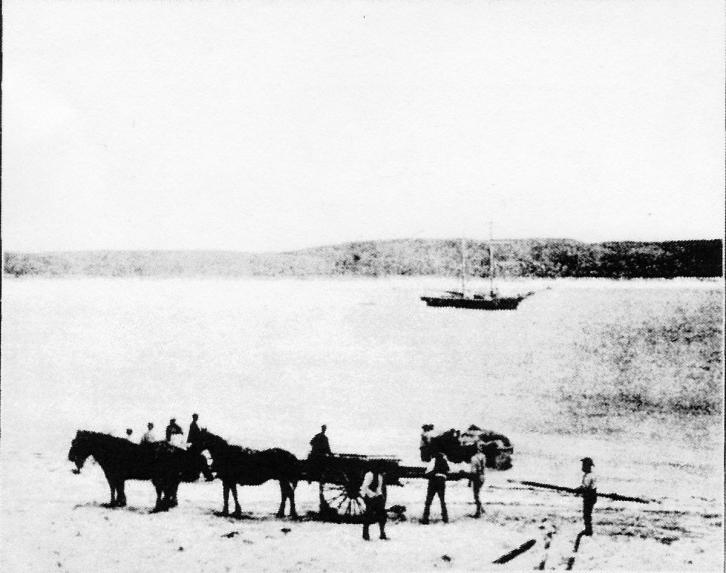
Andrew, James, Charles and William Dempster acquired the cutter ‘Gypsy’ (27 tons, built in Fremantle in 1870) and transported wool to Adelaide, stores and stock from Fremantle, sheep to Esperance islands, and used in seal hunting. The ship was deregistered in 1908; ‘...not seen since 1873’ – believed ending her life pearling in the Northwest. That vessel and Captain Fred Douglas’ coastal schooners ‘Agnes’ (43 tons, built in 1874, in WA 1879) and ‘Grace Darling’ (82 tons, built 1862, in WA 1869, lost 1914) that provided the only regular shipping service to the small outpost for many years.
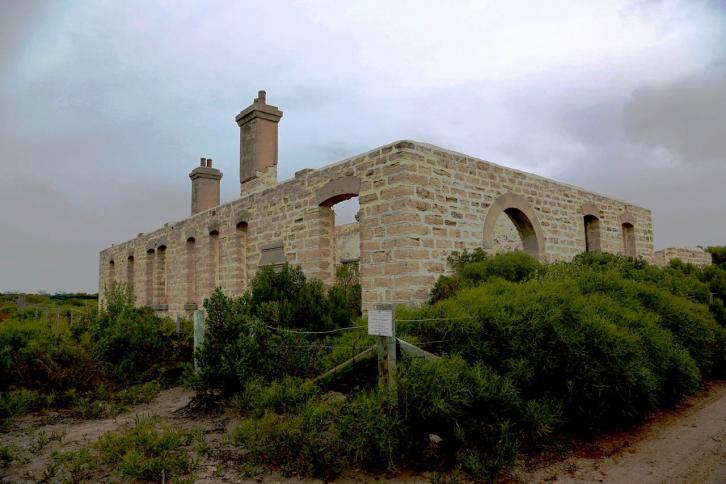
The final link in the Telegraph Line to connect Albany to Esperance reached Esperance Bay on 8th September. The Completion to Adelaide and operation of the line on 6th December 1877 meant that Perth was now connected with London via Albany, Bremer Bay, Esperance, Israelite Bay, Eyre, Eucla, Adelaide and Darwin thus world news could be quickly relayed to the colony's main centres. Israelite Bay Telegraph station was founded in approximately 1877 when the Overland Telegraph Line was constructed. The early timber buildings were replaced with new and larger buildings in 1896 using the design of George Temple Poole. The stone remains still exist.
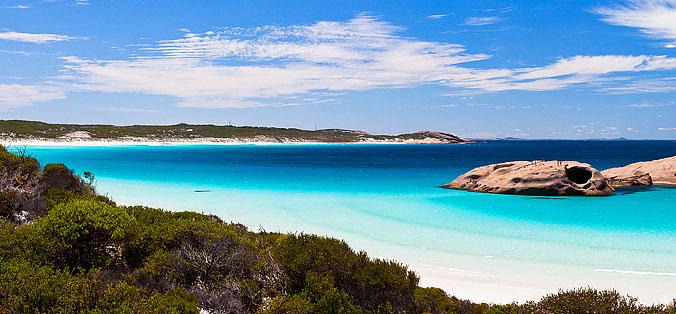
The wooden single-masted cutter ‘Twilight’ of 24 tons and the ‘Catabunup /Bunyip/ Cartaburnup’ (no record of this ship in any of those forms), were both wrecked at Culver Cliffs in the early hours of 25th May.
Both vessels had been chartered by Mr Gilham to carry wire and insulators for the construction of the overland telegraph line between Adelaide and Albany (which set this project back by 6 weeks) and both parted anchor and were driven ashore.
The area was named Twilight Cove after the ship.

The 325 ton Dutch barque ‘Batoe Bassi’ on a voyage from Java to Melbourne with a cargo of sugar and coconuts, , developed a serious leak and the Captain ran her ashore on Inshore Island about 100km east of Esperance on 30th May, to save those on board. The schooner ‘Agnes’ was chartered to salvage the cargo but by the time she arrived the ‘Batoe Bassi’ had sunk in about 13 feet (4m) of water on 8th June. All 24 crew (including 3 of the crew’s wives) were saved but two later died ashore. Thomas Sherratt of Albany purchased the salvage rights to the wreck for £8 and he dispatched his schooner ‘WaIter and Mary’ to recover what remained of the wreck.
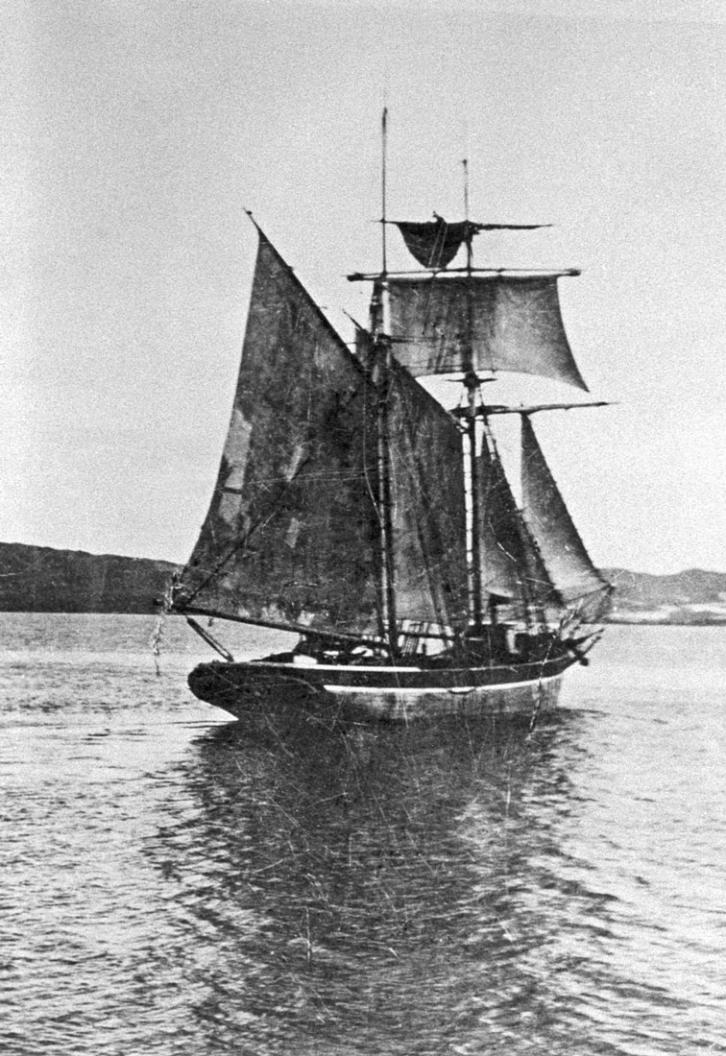
The 82 ton 2-masted schooner ‘Grace Darling’ was purchased on 12 May 1892 by Fred Douglas of Albany, and used in the coastal trade along the south coast between Fremantle and Adelaide. He sold her on 1 September 1910, and she was subsequently wrecked at Lancelin in 1914.
The 42 ton 2 masted schooner ‘Agnes’ was wrecked (washed ashore in a storm) in John Cove, Bremer Bay on 23 April. Owned by Fred Douglas (formerly in partnership with Cuthbert McKenzie), between 1879 and 1892 she was a regular visitor to Esperance. The cargo of sandalwood was salvaged and the ship was stripped and parts of the vessel were used locally.
On 15 December, the townsite of Esperance was declared under the chairmanship of G H Bostock of the Dundas and Esperance Roads Board. The townsite was surveyed by R Brazier and Lots 1-42 were established
